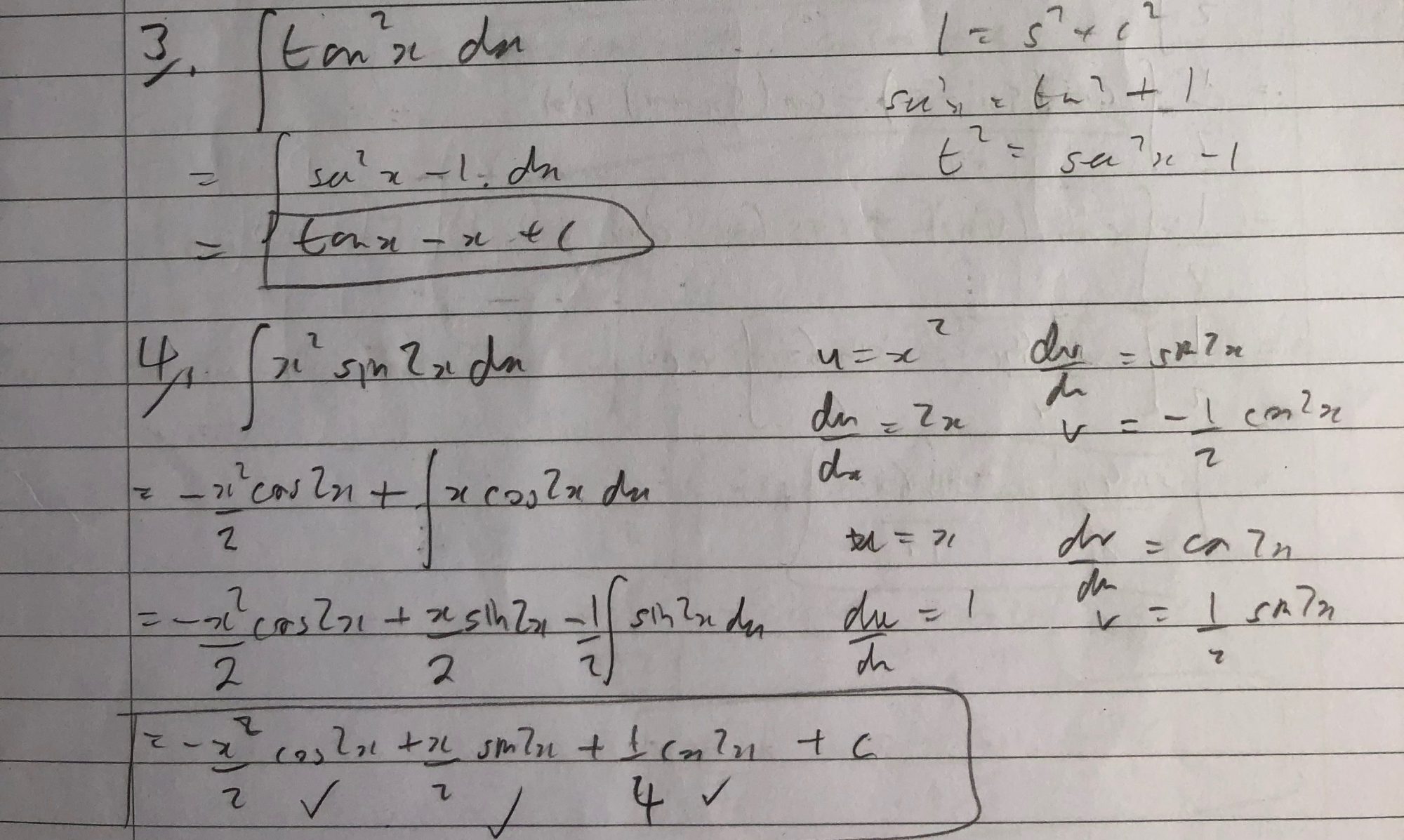Head Start to A-Level Maths – a nice bridge to make sure your GCSE maths is up scratch for the challenges of A-level maths.
Head Start to A-Level Physics – a nice bridge for those who are looking to go from GCSE to A-Level Physics.
Head Start to A-Level Chemistry – a nice bridge for those going on to A-Level Chemistry.
Edexcel A-Level Mathematics Year 1 Pure Maths – exactly what it says on the tin.
Edexcel A-Level Mathematics Year 1 Mechanics and Statistics – the statistics and mechanics you need for year one.
Edexcel A-Level Mathematics Year 2 Pure Maths – the second year pure maths book.
Edexcel A-Level Mathematics Year 2 Mechanics and Statistics – the statistics and mechanics you need for year two.
AQA GCSE Physics – complete book for the AQA Physics course.
AQA GCSE Chemistry – complete book for the AQA Chemistry course.
Collins Edexcel GCSE Maths Higher student book – comprehensive GCSE maths book that explains everything.
Letts KS3 Maths Complete Coursebook – a complete book for Key Stage 3.




